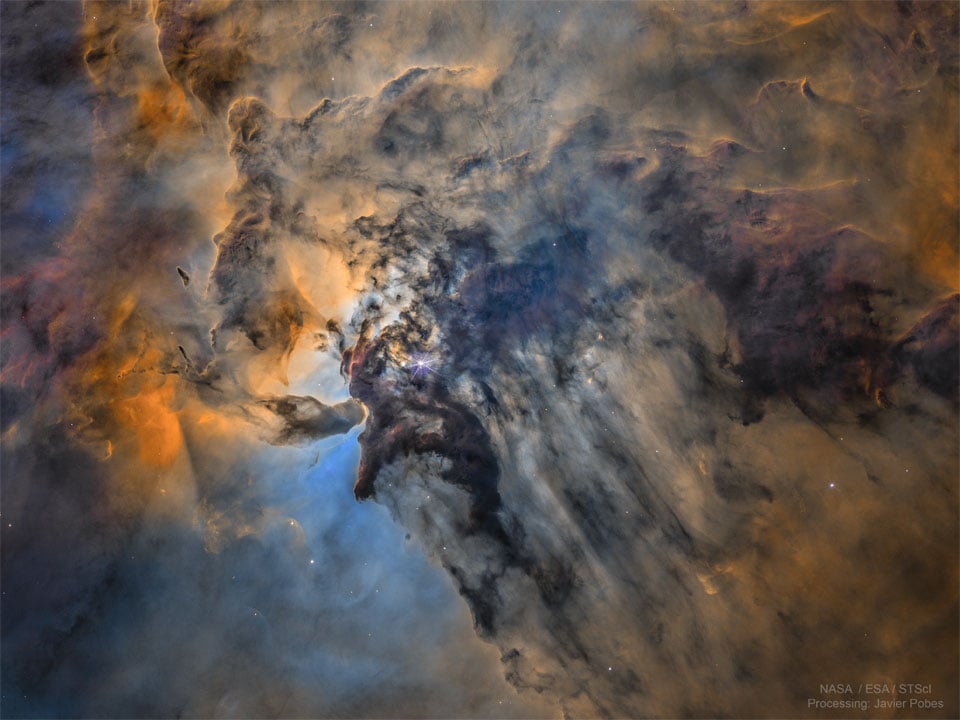UCLA-led study of NASA’s DART mission determines that the strategy presents previously unanticipated risks
Unanticipated? Really? It was the very first thing that crossed my mind when I heard about DART - what happens to all the bits that break off?
Maybe I should give NASA a call... ;-)
